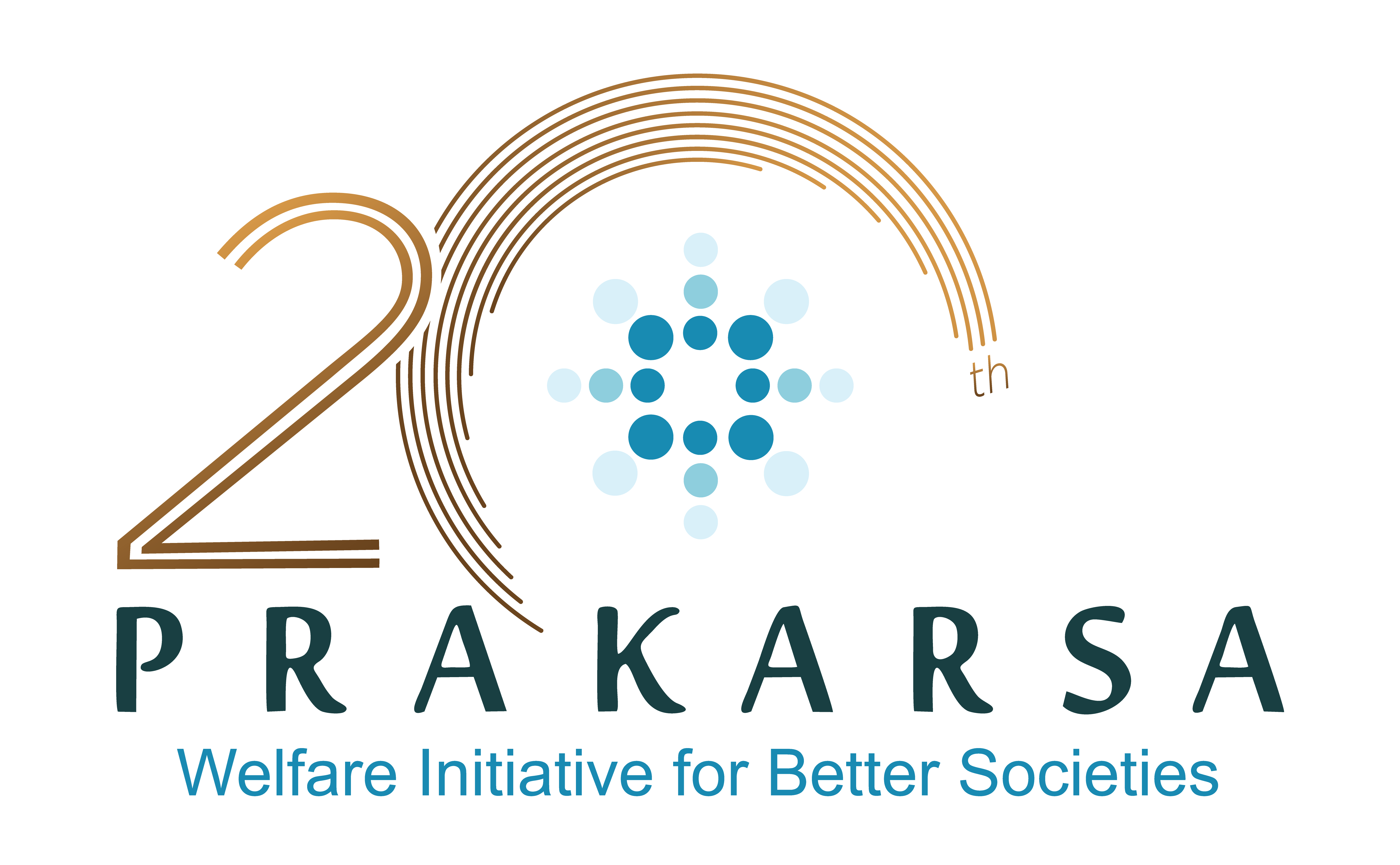The acceleration of infrastructure development is the key
program of President Joko “Jokowi” Widodo and Vice President Jusuf Kalla.
However, despite the enormous budget allocation for infrastructure, how it is
going to leverage human development in all forms remains an important
question.
Simply boosting giant projects should not be the aim of infrastructure
development; rather, the goal should be the enhancement of basic public
services to increase access to quality health services, education and economic
rights.
Decent and well-equipped classrooms, accessible and safe health facilities,
real and high-quality vaccines and bridges and roads to improve rural people’s
livelihoods should also be the aim of the infrastructure program.
Many of the current administration’s infrastructure-related policies are based
on Nawacita, Jokowi’s nine priority programs, which aim to increase
productivity and competitiveness.
Increased spending in infrastructure is seen as vital to that end.
Realized funds for infrastructure reached Rp 189.7 trillion (US$14.42 billion)
in 2015, more than double the 2010 allocation. In 2016, budget allocation for
infrastructure rose again to Rp 313 trillion or 8 percent of the total state
budget.
Nonetheless, many infrastructure projects have not been optimally implemented.
The government has indeed inaugurated many new ports in eastern Indonesia and
airports in several regions.
But in another case, the government has kicked off the operation of the
Pejagan-Pemalang toll road on June 16 without a proper supporting system.
As a result, massive traffic jams trapped motorists and caused many deaths
during the Idul Fitri homecoming exodus or mudik recently. This highlighted the
fact that infrastructure development has not yet been integrated with
surrounding facilities, nor have proper scenarios been forecast.
In addition, the progress of infrastructure development has not been paced up
either — note the long delays to launch the new Terminal 3 at Soekarno-Hatta
International Airport.
The facts indicate at least two big issues. First, a lack of national
capabilities to develop infrastructure timely, according to financing and
executing.
Second, participation of both the community and private sector in boosting
infrastructure projects. Participation in infrastructure is considered only to
relate to land acquisition and public-private partnerships (PPPs).
These problems make infrastructure development not timely and too top-down.
There are two agendas that should be revealed: The purpose of infrastructure
and the users of infrastructure. Infrastructure is intended to accelerate
economic growth, but also aims to make public services more affordable.
Sachs ( 2005 ), in his seminal work, The
End of Poverty, indicated that the government’s task was to
invest in public goods and services, such as essential health services and
education. If the conditions are met, people can access basic needs, and these two
things are important to eradicate the cycle of poverty.
In economic terms, according to Ray ( 2016 ), a number of construction
companies have booked huge profits from infrastructure programs.
Companies, especially state-owned firms such as Wijaya Karya, Adhi Karya,
Waskita Karya and Pembangunan Perumahan, have posted a 40 percent rise in
construction contracts. This shows a situation where the benefits of
infrastructure are more likely to be reaped by big enterprises, not small and
medium-sized ones.
Warung makan or small
restaurants along the Pantura northern coast highway suffered significant
economic losses after the opening of the Jakarta-Brebes toll road.
The government does not seem to have a scenario in place to anticipate this
problem, a scenario that should have been planned before such a large
infrastructure project began, as part of the project’s social and environmental
impact assessment.
The question is, if the focus of the government’s infrastructure development is
on constructing large infrastructure facilities to enhance competitiveness and
economic growth only, then whither the role of infrastructure in the provision
of basic rights for the citizens?
This requires a paradigm change for the Jokowi-Kalla administration regarding
infrastructure. Constructing major infrastructure must be equally important to
constructing public infrastructure to meet citizens’ basic rights. If the
paradigm does not change, infrastructure development will simply boost
disparity between citizens.
In the health sector, providing safe and accessible puskesmas or community
healthcare centers as a first level service must be prioritized. Quality health
services are still rare in Indonesia’s least developed regions.
Patients must travel long distance to reach the nearest health centers, which
are often ill-equipped and lack medical workers. This leads to high mortality
rates.
In the education sector, a lot of classrooms are shaky and many access roads
are blocked, hindering students from accessing knowledge and improving their
capabilities.
Hampering access for these students in the least developed regions means
exacerbating disparity between the rich and poor regions’ human development
quality.
It is often said that government lacks the resources to finance infrastructure
projects. Priorities must be made. The priority of infrastructure should be
social development.
This requires a humble decision from the government, because social
infrastructure might be less of a lighthouse, more of a fundament for long-term
human development investment.
The Sustainable Development Goals (SDGs) jargon of “no-one left behind” and
“people-centered development” are a strong basis for development actors to
ensure that people reap the benefits of infrastructure development.
How to go about this? Government should use a bottom-up approach in
infrastructure development, to put people’s rights as the first priority. In
other words, government should facilitate collaborative action in
infrastructure issues.
Co-planning, co-financing and co-governing with people, government and the
private sector is critical, in order to prevent the benefits from being enjoyed
only by a small group of people or companies.
________
*) Victoria Fanggidae: The writer is a
public policy analyst and executive director of Perkumpulan Prakarsa (the
Center for Welfare Studies).
Source: The Jakarta Post

